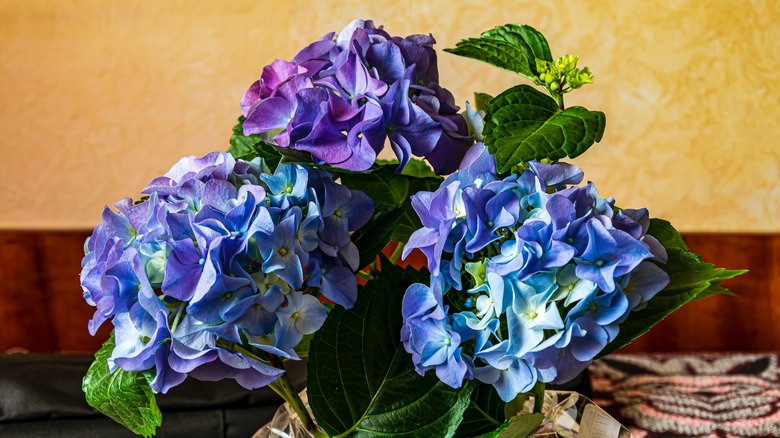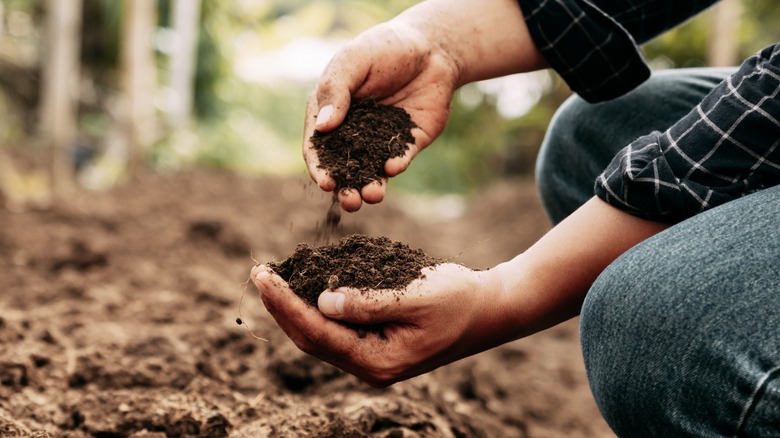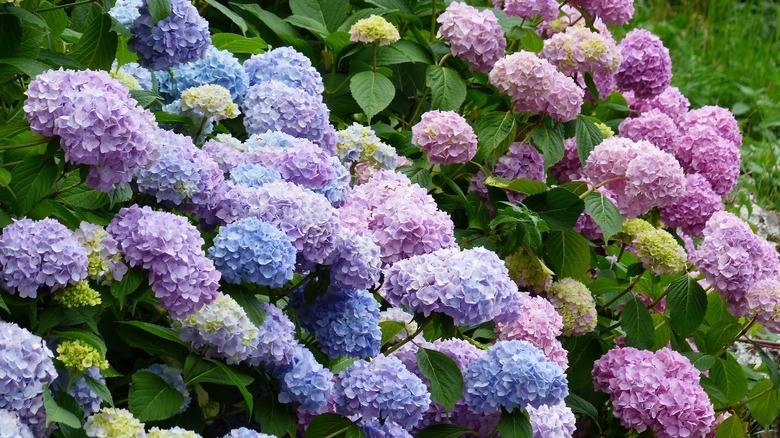How To Change The Color Of Hydrangeas
Hydrangeas offer a stunning range of colors and the opportunity to manipulate their hues, making them a highly sought-after addition to any landscape. Understanding how to change the color of specific types of hydrangeas can be a valuable skill. The versatile flowering shrubs encompass diverse species and cultivars, each with unique color tendencies.
The color variation in hydrangeas is primarily influenced by the pH level and availability of aluminum in the soil. While most commonly associated with shades of blue, pink, or white, the color-changing ability of hydrangeas varies depending on the particular type. Some types, such as the mophead (Hydrangea macrophylla) and lacecap (Hydrangea serrata), are known for their remarkable color transformation.
In contrast, others, like the oakleaf hydrangea (Hydrangea quercifolia) and panicle hydrangea (Hydrangea paniculata), tend to exhibit more stable colors. Finally, all white hydrangeas possess a genetic makeup that prevents them from changing color through external influences.
Acidic and alkaline influence
The color of hydrangea blooms is primarily influenced by the pH level of the soil in which they are planted. The pH factor affects the availability of aluminum ions in the ground, which determines the color the hydrangea will display. Acidic soil with a pH between 5 and 5.5 typically produces blue flowers, while alkaline soil with a pH of 6.5 to 7 tends to yield pink or red flowers. A neutral pH of around 6.0 to 6.5 often results in purple or lavender shades.
Keep in mind that changing hydrangea colors is most successful when moving from light pink to blue or vice versa. Attempting to achieve dramatic color changes, such as turning a bright pink hydrangea into a deep blue one, may be challenging and require more time and effort.
Before making any adjustments to the soil pH, it is highly recommended to conduct a soil test. Testing the soil will provide you with valuable information about its current pH level and nutrient composition, allowing you to make more accurate decisions regarding color adjustments for your hydrangeas.
Soil testing kits are readily available at garden centers or can be obtained through agricultural extension offices. These kits typically include instructions on collecting soil samples and sending them for analysis. Alternatively, you can hire professional soil testing services providing comprehensive reports and detailed recommendations.
Achieving desired colors
You can use aluminum sulfate, sulfur, or sulfuric acid to acidify the soil for blue hydrangeas. These acidifying agents help lower the pH level of the earth, creating a more acidic environment conducive to blue blooms. Applying these amendments during the early spring or fall is generally recommended. On the other hand, to alkalize the soil for pink hydrangeas, you can use materials like lime, wood ash, or baking soda. These substances raise the soil's pH level, making it more alkaline and promoting the development of pink flowers. Achieving purple or lavender shades requires balancing acidic and alkaline soil conditions.
Adjustments can be made using suitable amendments or treatments to achieve the desired color. Changing hydrangea colors takes time and effort. It may take several months or even an entire growing season to see noticeable results. Be patient and consistent with applying soil amendments, while providing proper care and maintenance of the plants, and you'll see the fruits of your labor in time.


